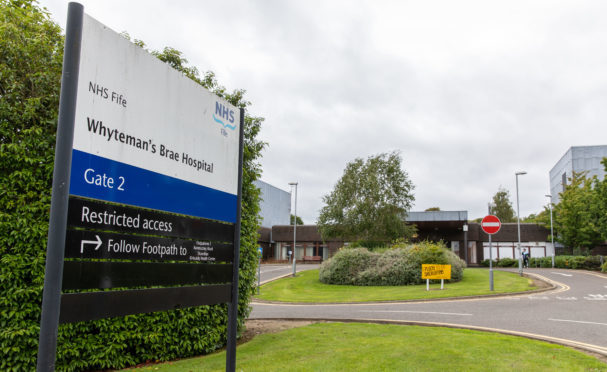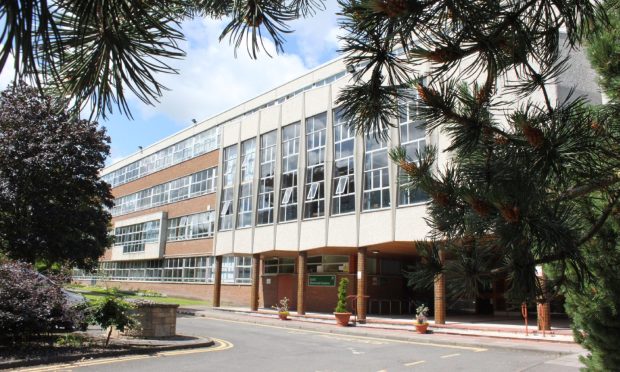NHS Fife has said reducing waiting times for people in need of mental health treatment had proved challenging.
While action to cut waits in the children and adolescent mental health service (CAMHS) is beginning to pay dividends, bosses have conceded performance in adult psychological services is still not good enough.
Questioned by the Scottish Parliament’s health and sport committee, director of health and social care, Michael Kellet, said 80% of young people were now being seen within the Scottish Government’s 18-week waiting time target – a significant improvement on previous years’ figures.
“The trajectory has been an improving one over the last couple of years as a result of a real focus on CAMHS,” he said.
Action taken includes training school nurses and guidance teachers to support young people in the early stages of distress.
Mr Kellet added: “Psychological therapies is more of a challenge than CAMHS.
“Performance there isn’t as good as it should be and we recognise the need to improve.”
A third of patients referred for psychological therapies wait more than 18 weeks, a figure that has barely changed in a year.
Mr Kellet said increasing demand was impacting on any initiatives to reduce waiting times but progress was being made in supporting people with less complex needs through group therapy and community teams.
He acknowledged more work was needed to improve matters for those with more difficult conditions.
“We are quite clear we are making faster progress in terms of CAMHS than in psychological therapies but we are making progress in both,” he said.










